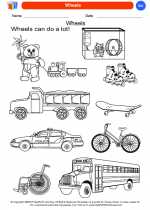Jupiter
Jupiter is the largest planet in our solar system, and it is known as a gas giant. It is named after the king of the Roman gods. Let's explore some key aspects of Jupiter:
Formation and Composition
Jupiter is believed to have formed from the same gas and dust that created the sun. Its composition mainly consists of hydrogen and helium, similar to the composition of the sun. Beneath its dense atmosphere, it is thought to have a solid core made of rock, metal, and hydrogen compounds.
Physical Characteristics
Jupiter is famous for its Great Red Spot, a massive storm that has been raging for hundreds of years. The planet also has a system of rings, though they are not as prominent as Saturn's. Jupiter has a rapid rotation, completing a day in just under 10 hours, leading to its distinct oblate shape – it is flattened at the poles and bulging at the equator.
Moons
Jupiter has an extensive system of moons, with over 70 known natural satellites. The four largest moons – Io, Europa, Ganymede, and Callisto, known as the Galilean moons – are particularly intriguing due to their diverse features, including active volcanoes, subsurface oceans, and unique surface landscapes.
Exploration
Jupiter has been the subject of several space missions, including the Voyager and Galileo missions, which provided valuable data and imagery of the planet and its moons. Currently, the Juno spacecraft is actively studying Jupiter, providing insights into its atmosphere, magnetic field, and interior structure.
Observing Jupiter
Jupiter is one of the brightest objects in the night sky and can be easily observed with the naked eye. Its bands of clouds and the four Galilean moons are visible through binoculars or a small telescope, making it a favorite target for amateur astronomers.
Study Guide
Here are some key points to remember when studying Jupiter:
- What is the composition of Jupiter?
- What is the Great Red Spot?
- Describe the Galilean moons.
- Which space missions have explored Jupiter?
- How can Jupiter be observed from Earth?
Understanding the intricacies of Jupiter can provide valuable insights into planetary formation, atmospheres, and the potential for diverse environments within our solar system.
[Jupiter] Related Worksheets and Study Guides:
.◂Science Worksheets and Study Guides Kindergarten. Pushing, Moving, Pulling

 Coloring Worksheet
Coloring Worksheet
 Coloring Worksheet
Coloring Worksheet
 Coloring Worksheet
Coloring Worksheet
 Coloring Worksheet
Coloring Worksheet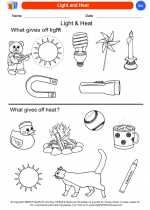
 Coloring Worksheet
Coloring Worksheet
 Coloring Worksheet
Coloring Worksheet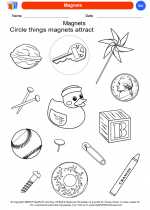
 Coloring Worksheet
Coloring Worksheet
 Coloring Worksheet
Coloring Worksheet
 Coloring Worksheet
Coloring Worksheet
 Coloring Worksheet
Coloring Worksheet
 Coloring Worksheet
Coloring Worksheet
 Coloring Worksheet
Coloring Worksheet
 Coloring Worksheet
Coloring Worksheet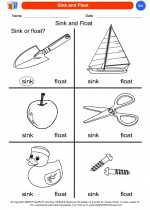
 Coloring Worksheet
Coloring Worksheet
 Coloring Worksheet
Coloring Worksheet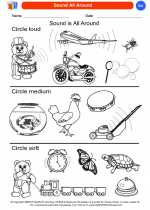
 Coloring Worksheet
Coloring Worksheet
 Coloring Worksheet
Coloring Worksheet
 Coloring Worksheet
Coloring Worksheet
 Coloring Worksheet
Coloring Worksheet